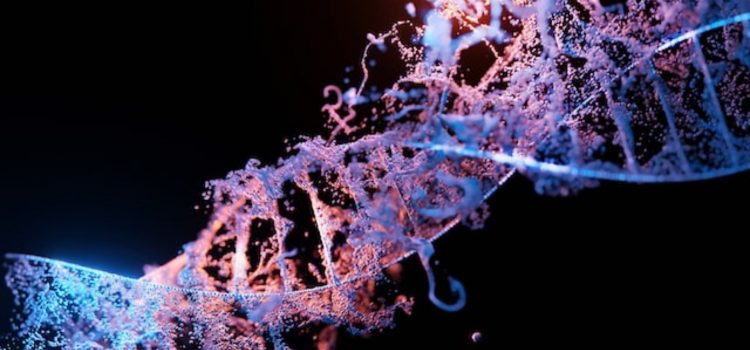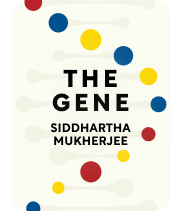

This article is an excerpt from the Shortform book guide to "The Gene" by Siddhartha Mukherjee. Shortform has the world's best summaries and analyses of books you should be reading.
Like this article? Sign up for a free trial here.
What is Thomas Hunt Morgan famous for? How did Morgan’s discovery advance our understanding of heredity?
Thomas Hunt Morgan (1866 -1945) was an American zoologist and geneticist. He is most known for his experimental research with the fruit flies by which he made two crucial discoveries about genes. Specifically, he discovered the phenomena of genetic linkage and crossing over.
Keep reading to learn about Thomas Hunt Morgan’s contribution to genetics.
Thomas Morgan’s Discovery
In the early 1910s, geneticist Thomas Morgan bred thousands of fruit flies (Drosophila) to study inheritance patterns. He looked for visible traits such as eye color and wing shape, then traced them through numerous generations of fruit flies. Through his observations, Morgan made two ground-breaking discoveries about genes.
The first was what he termed linkage: Morgan noticed that, contrary to Mendel’s Law of Independent Assortment, certain traits were almost always inherited together. He correctly concluded that the genes controlling those traits were somehow physically linked together.
(Shortform note: Specifically, genes are considered linked when they consistently appear together over three or more generations. The odds of the same genes appearing together by chance in almost every individual across three generations is nearly zero, so that benchmark allows geneticists to say that genes are linked with a high degree of certainty.)
Alfred Sturtevant later elaborated on Thomas Hunt Morgan’s contribution to genetics by noting that how frequently genes are inherited together directly correlates with how close together they are on the chromosome. In other words, two genes that are very close to each other will almost always be inherited together, while genes that are far apart have no more than a 50/50 chance of appearing together.
Sturtevant began plotting fruit fly chromosomes based on this discovery, which was the beginning of the field we now call gene mapping.
(Shortform note: Today, a sturt—named in honor of Alfred Sturtevant’s work with gene mapping—is a unit of distance used for chromosomes. One sturt is the distance that results in a 1% difference in the chance that two genes will be inherited together.)
Morgan also discovered a phenomenon that he called crossing over: Once in a while, closely linked traits will not be inherited together, suggesting that genes can somehow change position or swap places. He determined that it happened because pairs of chromosomes—one copy of a chromosome from the mother and one from the father—can exchange genes with each other to create new combinations of traits. This process is very unlikely to separate closely linked genes, but it can happen.
(Shortform note: Crossing over (which, as we mentioned earlier, occurs during sexual reproduction) is a key source of genetic diversity. That genetic diversity, which leads to a greater number of trait combinations in the next generation—and therefore more chances for natural selection to work—is one of the reasons why nature generally favors sexual reproduction in complex species like humans.)

———End of Preview———
Like what you just read? Read the rest of the world's best book summary and analysis of Siddhartha Mukherjee's "The Gene" at Shortform.
Here's what you'll find in our full The Gene summary:
- What genes are and how they work, explained in simple terms
- The history of gene discovery, dating back to the 1800s
- What the future of genetic engineering looks like






